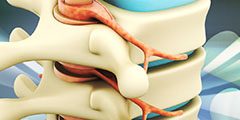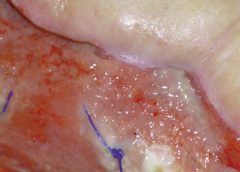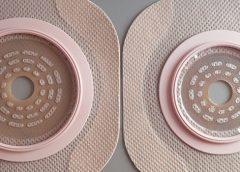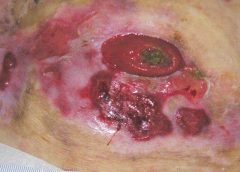Here is a round-up of resources that you may find helpful in your practice.
New illustrations for pressure-injury staging
The National Pressure Ulcer Advisory Panel (NPUAP) has released new illustrations of pressure injury stages. You can download the illustrations, which include normal Caucasian and non-Caucasian skin illustrations for reference.
There is no charge for the illustrations as long as they are being used for educational purposes, but donations to support the work of NPUAP are appreciated. (more…)
Read More








